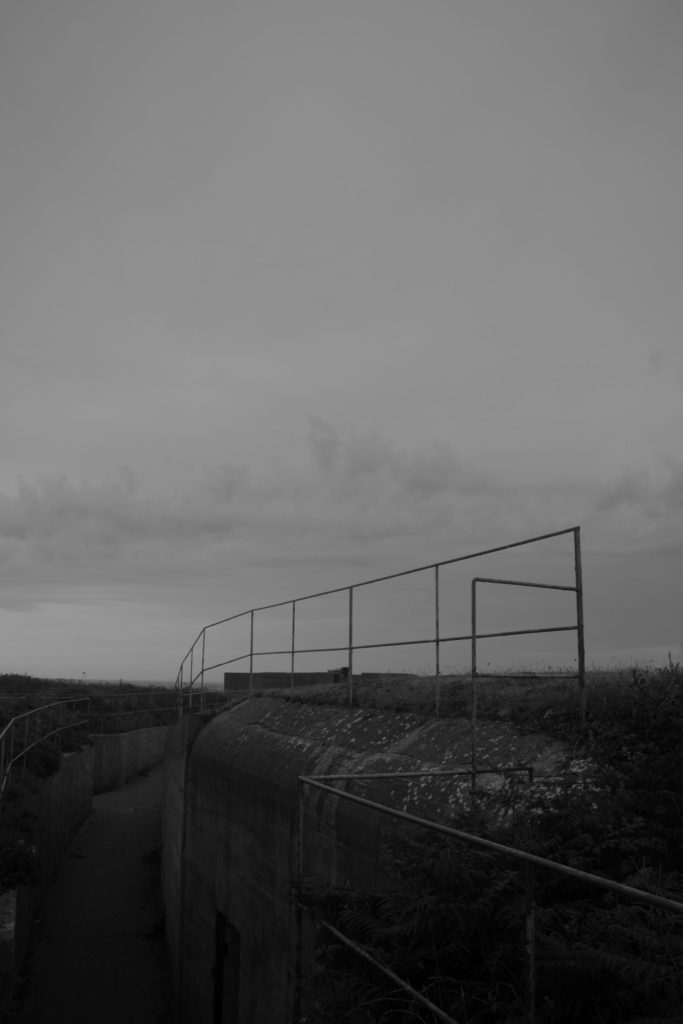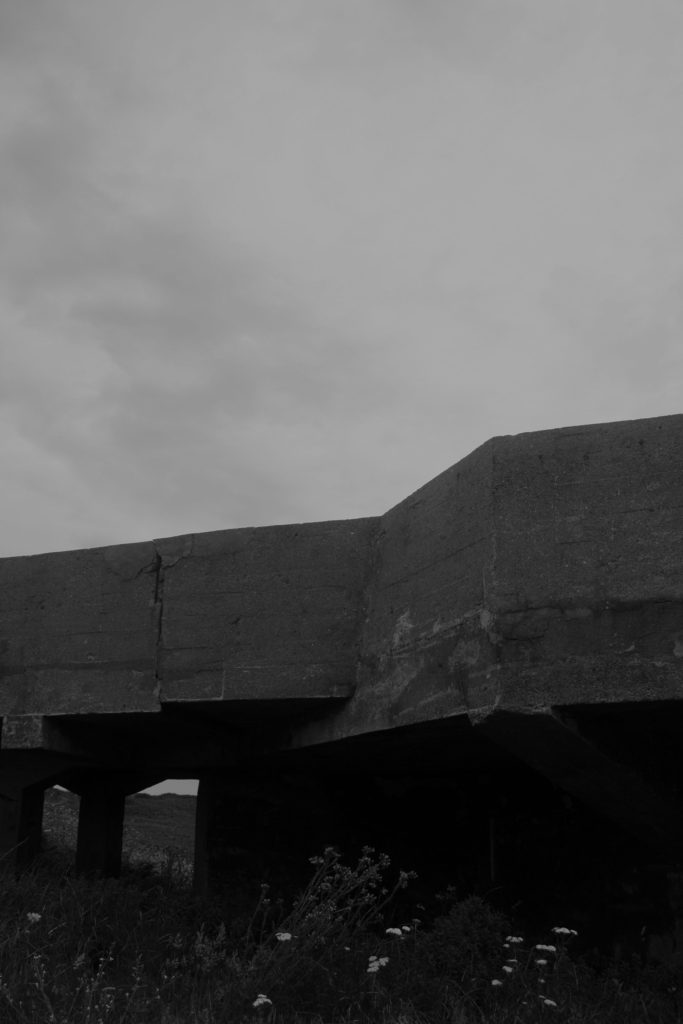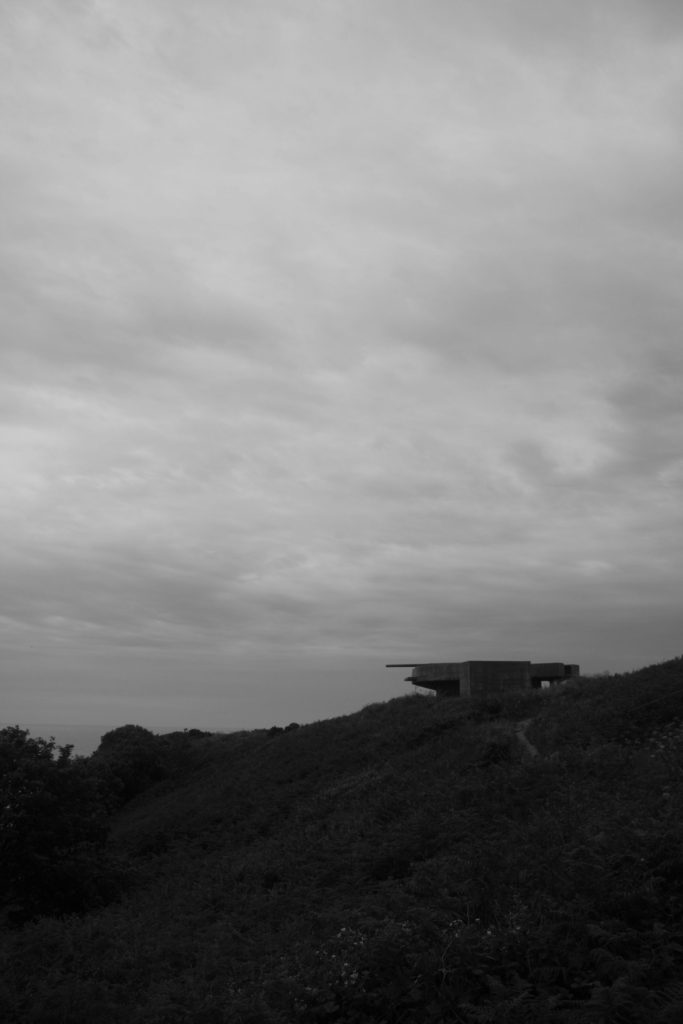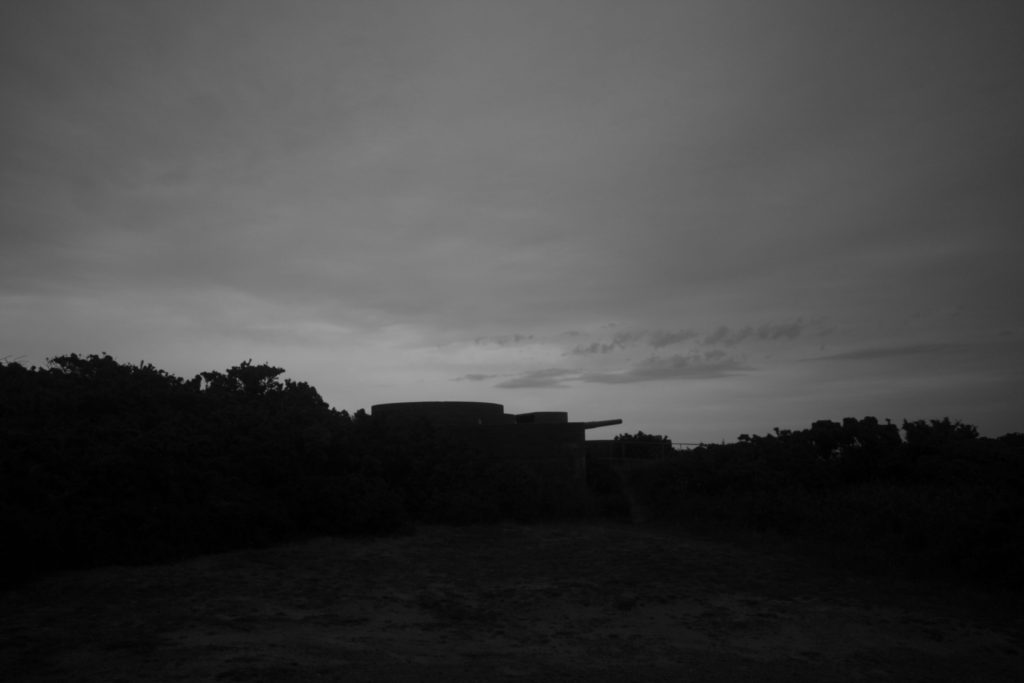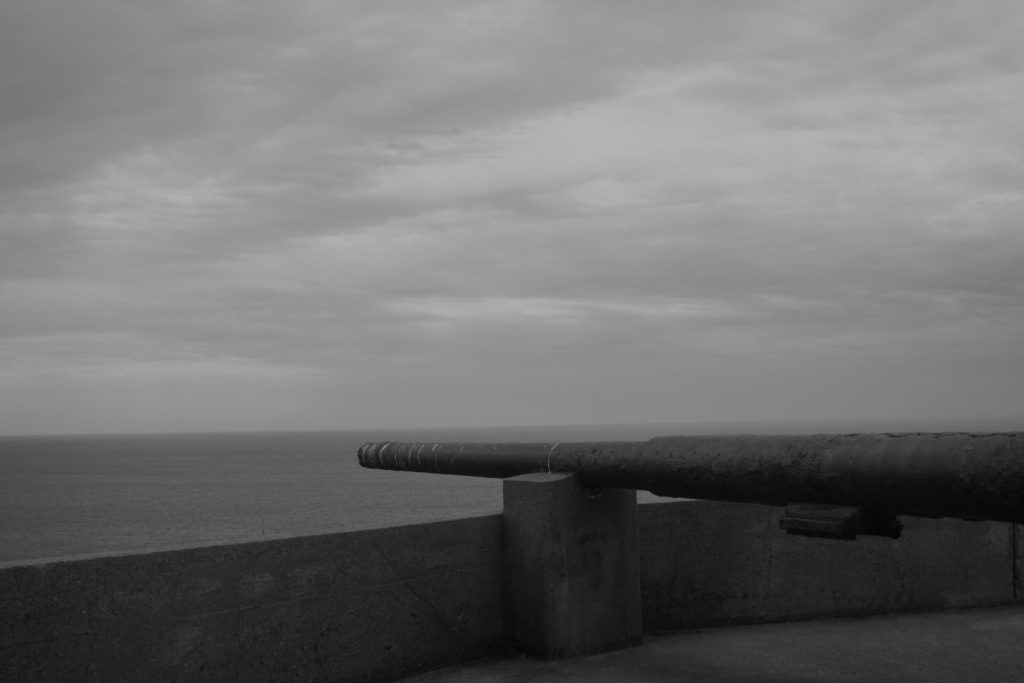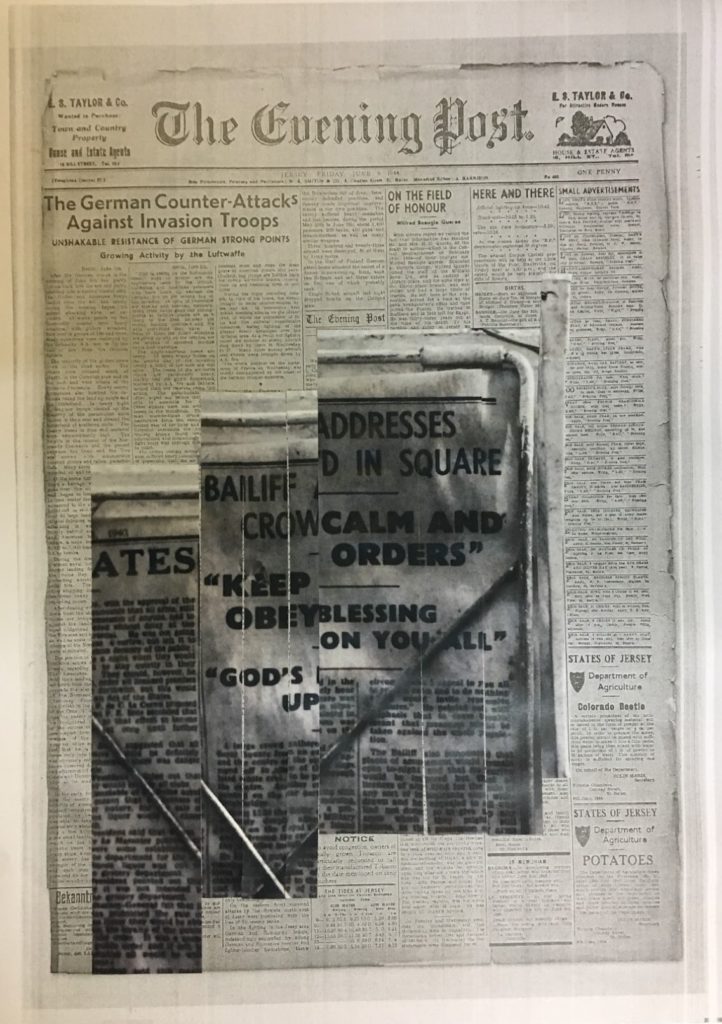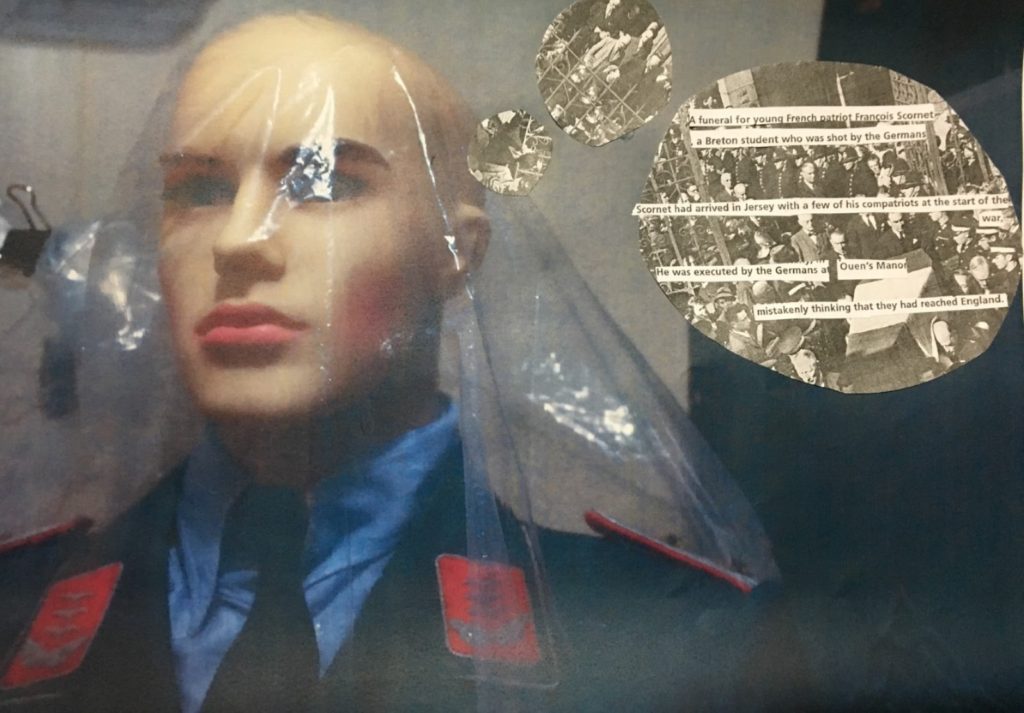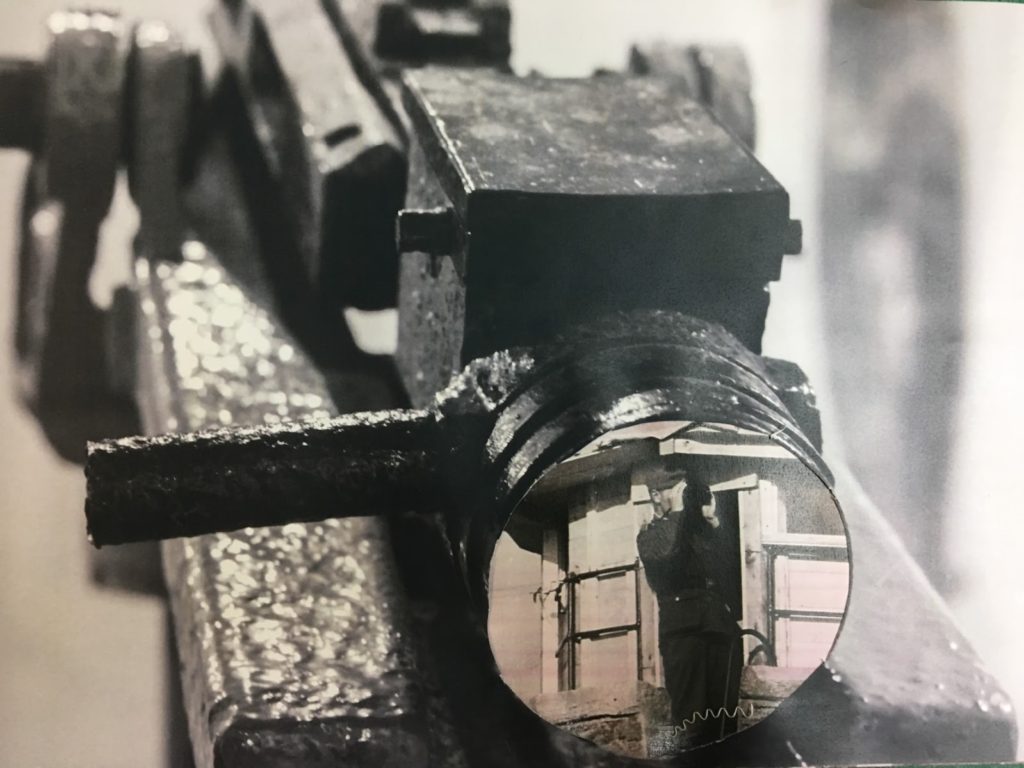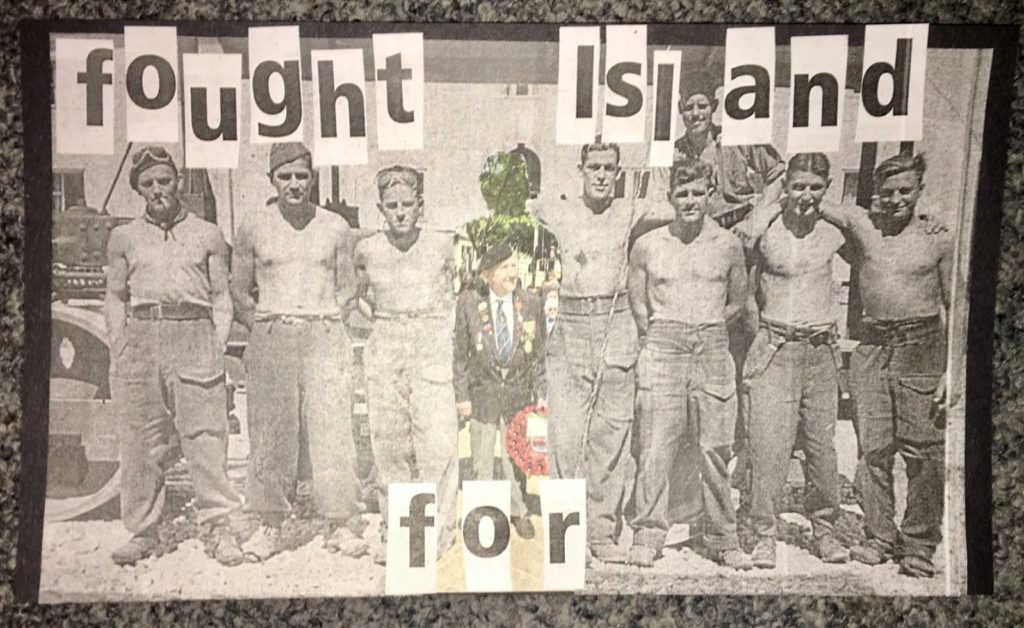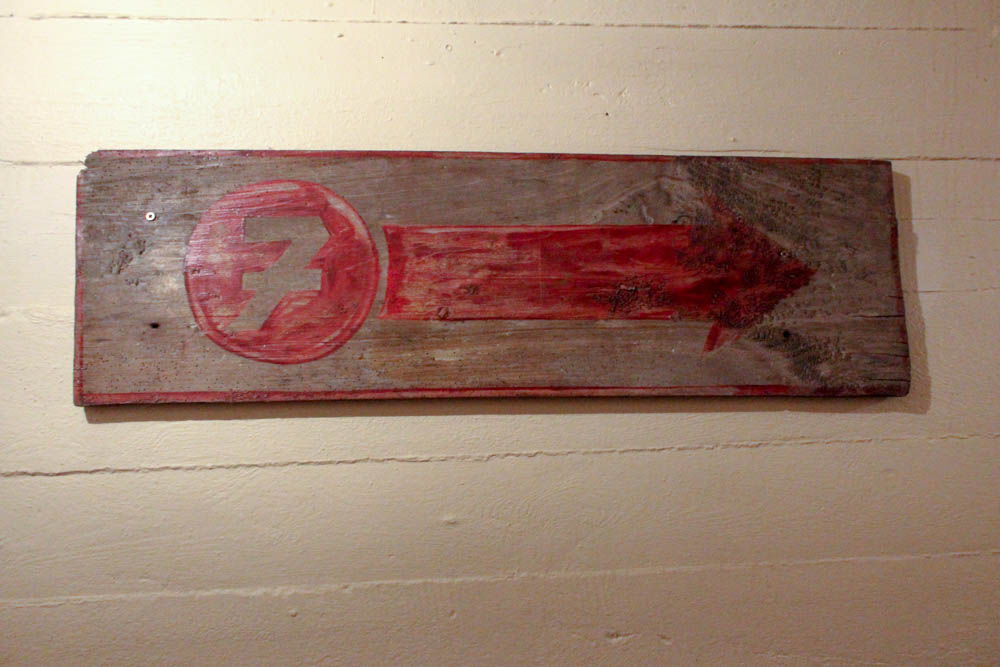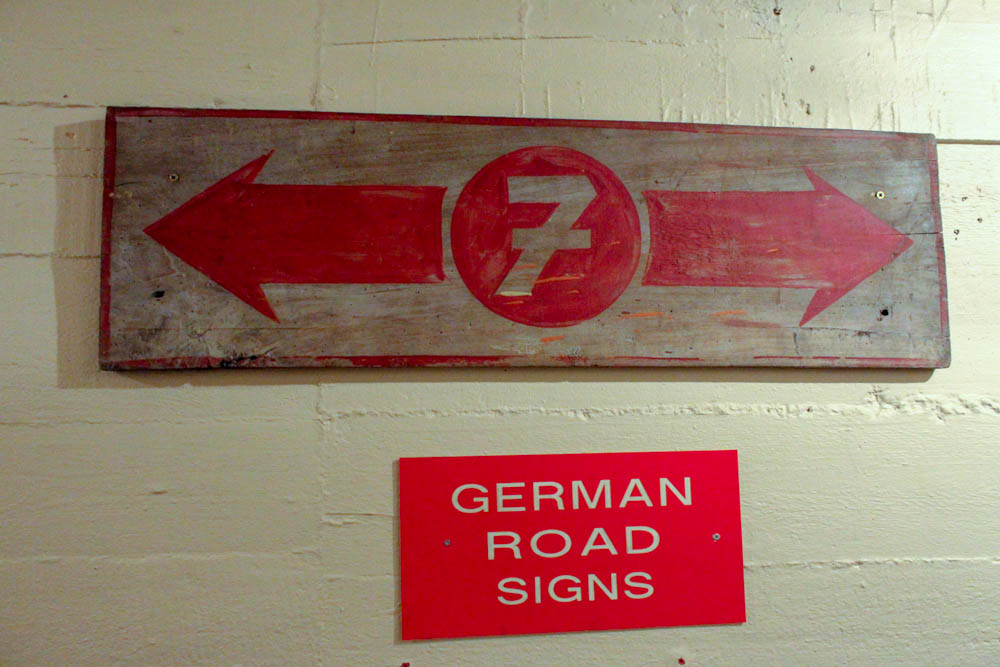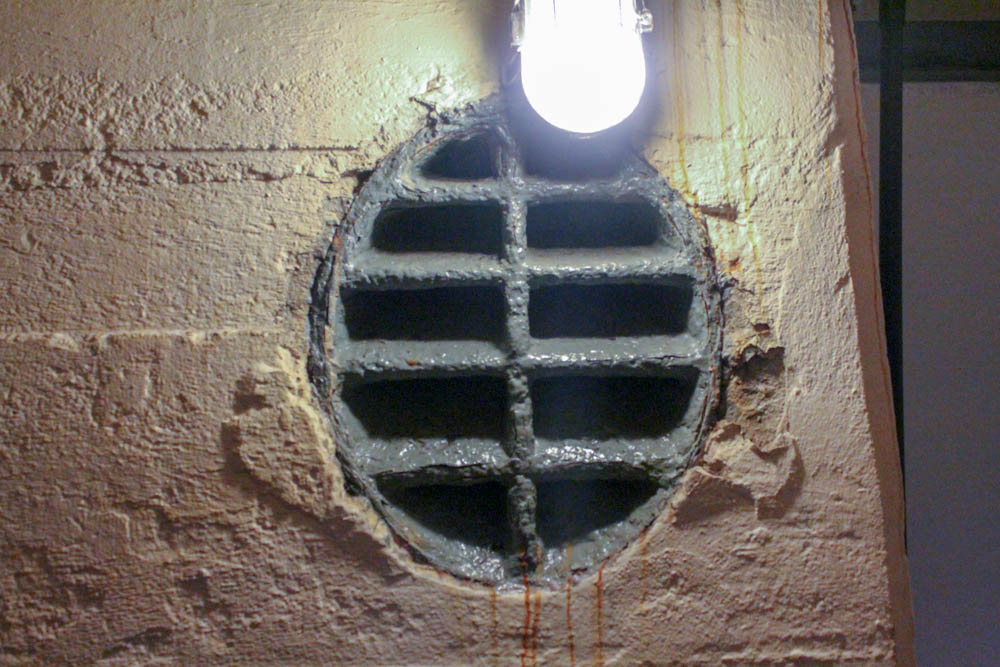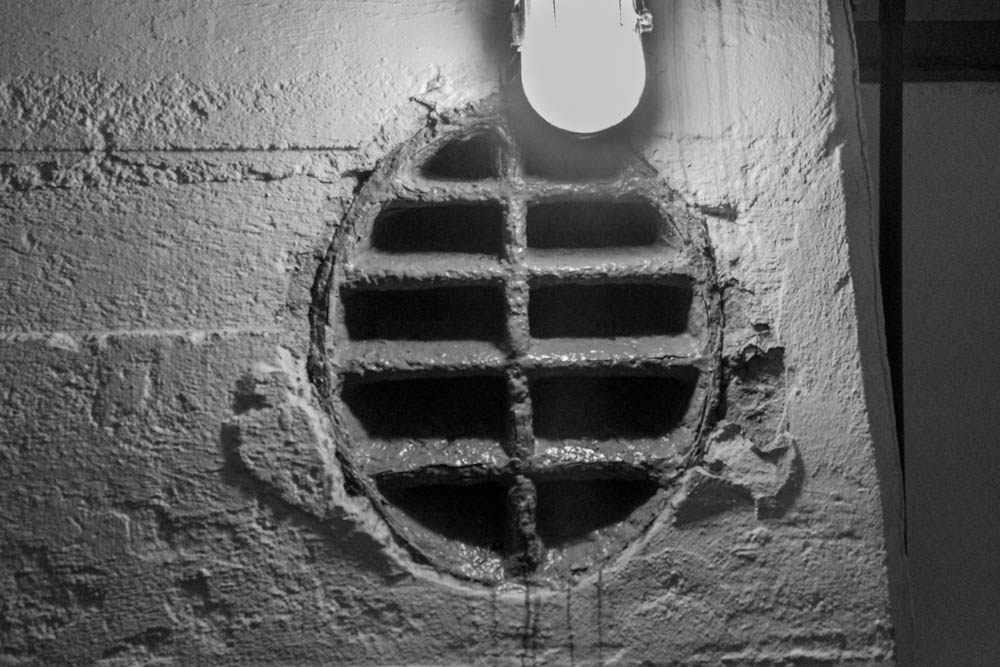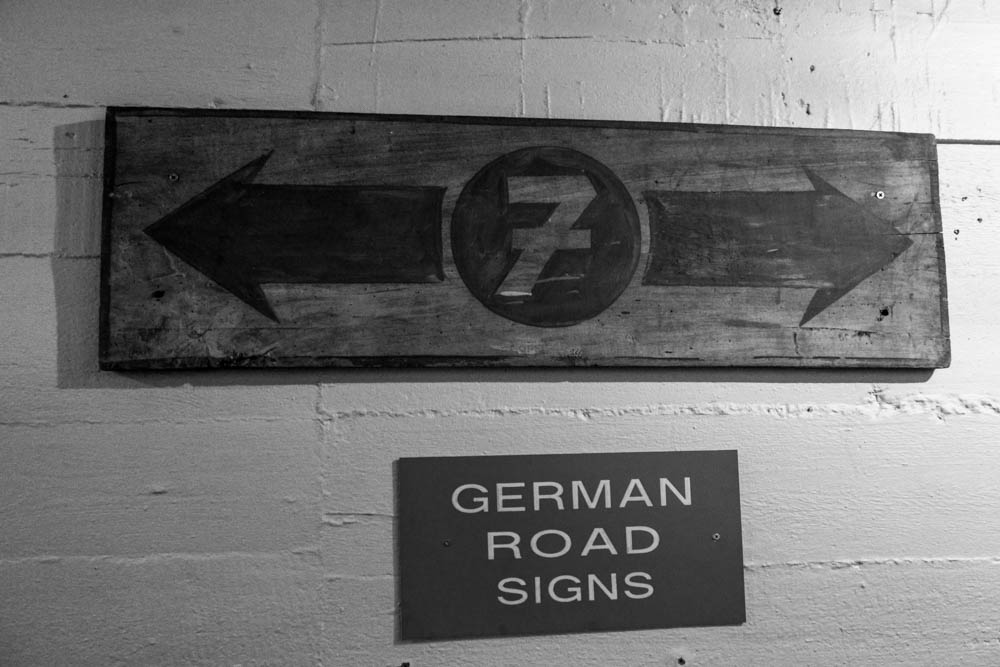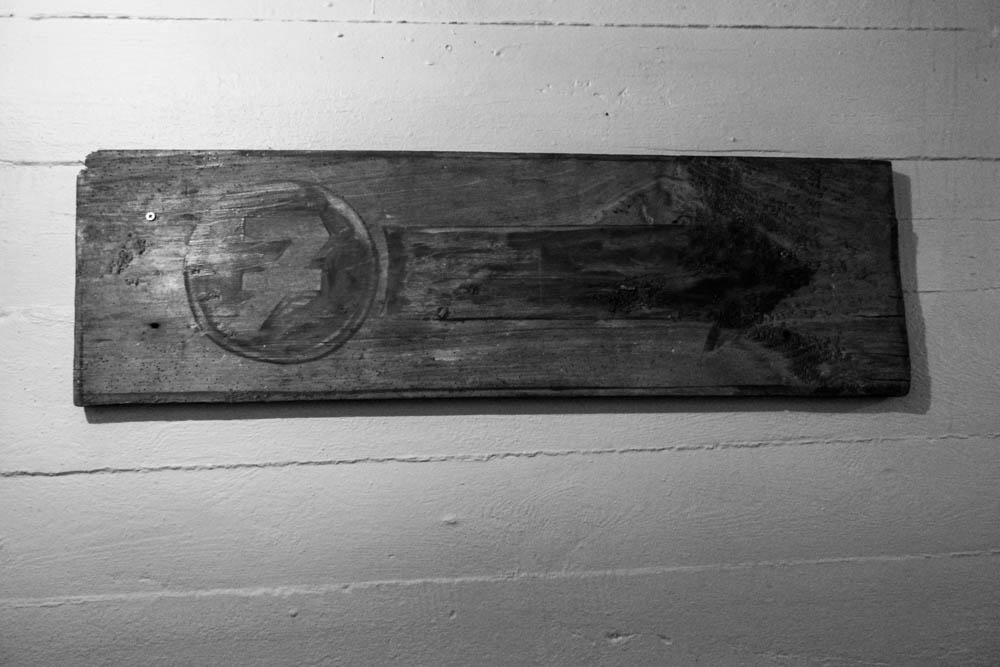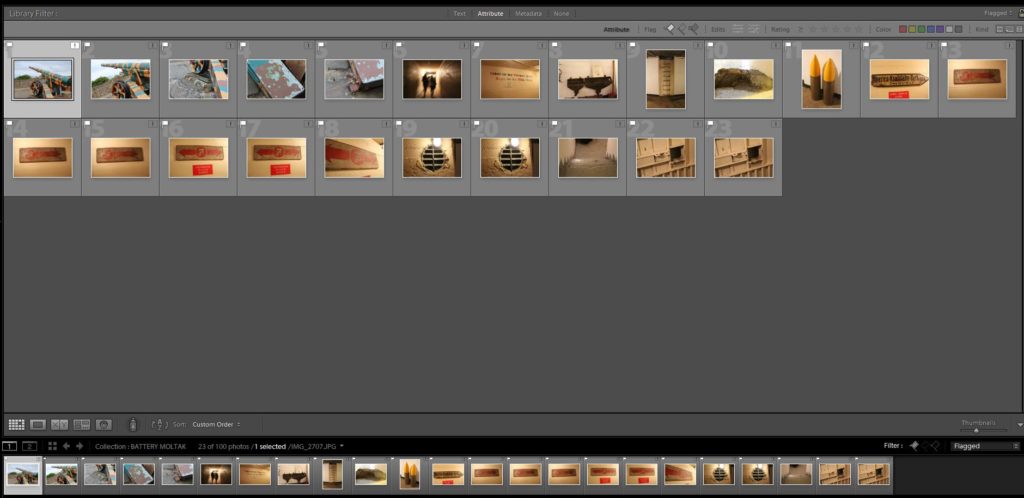“The German Occupation of Jersey began one week after the British government had demilitarized the island fearing for the safety of civilians should there be any conflict. The code name for this was “Operation Green Arrow” and the initial German Air Force reconnaissance flights mistake civilian farming lorries for troop carriers. On the 28th of June , the German Air Force, not knowing of the demilitarization, bomb and machine gun multiple sites on the island. The attacks killed ten people and wound many more. A few days later on the 1 of July 1940 General Richthofen, The Commander of the German Air Forces in Normandy, dropped an ultimatum from the air demanding the immediate surrender of the island. White flags and crosses were placed in prominent positions, as stipulated by the Germans, and later that day Jersey was occupied by air-borne troops under the command of Hauptmann Gussek.
Under the occupying forces, one of the greatest hardships was the lack of news from the mainland after the Germans had outlawed the use of crystal radio sets. A number of individuals risked imprisonment by making their own sets and spreading front line news. Horse drawn traffic became an increasingly regular sight as petrol shortages became severe, and many vehicles were converted to use gas. The price of bicycles rose, and their use was restricted to those connected to essential services. The German’s ordered all traffic to drive on the wrong side of the road. The island was also moved to Central European time. In the months following D-Day, as the Allies regained control of France, the source of supplies fueling the islands was now no longer available.
Shopping hours were reduced as goods became scarce. Food shortages on Jersey were finally relieved by the arrival of the Red Cross ship SS Vega, bringing food parcels to Jersey. Before then, substitutes had been used to replace everyday foods, with seawater replacing salt, for instance, and a mixture of parsnip and sugar beet replacing tea. During the autumn of 1944, fuel supplies were almost gone, leaving no gas, occasional electricity, and very little road fuel. Medical supplies were almost non-existent; and most people were without fuel. A Red Cross relief ship, the S S Vega, arrived in Jersey on 30 December with food parcels, and cases of salt, soap and medical supplies. The visits of the Red Cross ship S S Vega proved a lifeline to the starving islanders.
On 6 May 1945 a delegation of German officials met with Jersey’s Bailiff, Alexander Coutanche, and the Attorney-General to discuss the developments in Europe and their impact on the islands. The German Command were defiant and no reference to surrender was entertained. Instead, the Germans portrayed their defeat as a shift in focus towards a union between the powers in a new fight against Russia. As if to illustrate this sentiment, the German Commander of the Channel Islands, Vice-Admiral Huffmeier, responded to the British Army’s request for capitulation by stating that he only received orders from his ‘own Government’. Despite the nonchalance of the German occupying forces, which were still officially recognised, Jersey’s preparations for liberation began to take noticeable shape. In June 1944, the Normandy landings marked the initiation of ‘Operation Overlord’, the invasion of northwest Europe by the Allied forces.” Source –
https://www.jersey.com/discover-jerseys-occupation-story
